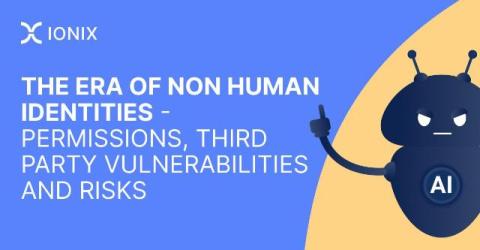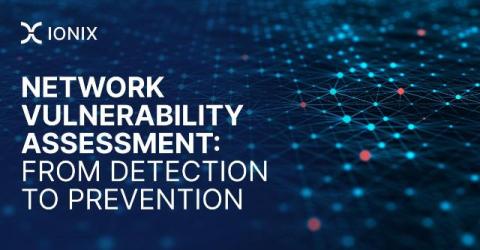Complexity of Attack Surface Management in Cloud Environments
Legacy attack surfaces were small and simple. There were fewer servers and endpoints to protect. The tooling required to secure it was basic – perimeter firewalls, antivirus software, and server/network/application monitoring tools. When organizations migrate to the cloud, things change and become complex. For starters, on-premise infrastructure and applications can’t be left out in favor of the cloud. Most organizations run hybrid setups.











